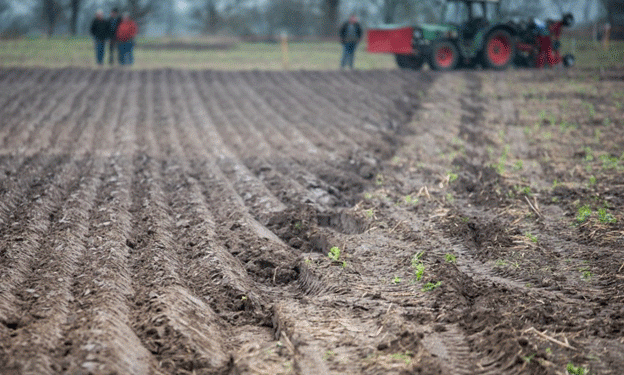Early predictions for Russia’s 2025 wheat harvest indicate a possible decrease in output, driven by adverse weather conditions across major growing regions. The Institute for Agricultural Market Studies (IKAR) has forecasted a wheat harvest of between 81 and 85 million tons, with optimism leaning toward the higher end. Despite initial concerns, some regions, such as the drought-affected northwestern Volgograd area, experienced late but much-needed rainfall. This moisture reached deep soil layers where wheat was planted using the “barn” method, offering hope for healthy crop emergence before winter sets in.
Another analytical center, SovEcon, predicts a wheat harvest of 80.1 million tons for 2025, down from 81.5 million tons in 2024 and well below the five-year average of 88.1 million tons. If realized, this would mark the lowest wheat production in four years, largely due to persistent drought conditions affecting winter wheat yields. SovEcon’s analysis suggests an average yield of 3.43 tons per hectare for winter wheat, potentially the lowest since 2019. Spring wheat, while offering some relief, is projected to yield only 2.1 tons per hectare.
The key issue hampering winter wheat production is the severe moisture deficit. In many regions, soil moisture levels in the upper layers are at their lowest in a decade. Although rainfall in the past few weeks has slightly improved the situation in some areas, it may not be enough to offset the damage already done. As a result, winter wheat is expected to enter the colder months in a weakened state, increasing the risk of winterkill.
SovEcon also predicts a reduction in winter wheat planting area by 0.7 million hectares, down to 15.4 million hectares. However, the area sown to spring wheat is expected to increase by 0.6 million hectares, reaching 13 million hectares, partly compensating for the shortfall in winter wheat. The poor condition of winter wheat crops could lead to further financial strain for farmers, many of whom may need to cut back on expenses for the upcoming season due to reduced income from lower yields.
Weather data from Russia’s Hydrometeorological Center suggests that up to 65% of the monthly precipitation norm fell in some parts of the Central Black Earth region, helping to stimulate the growth of winter wheat. However, the late arrival of these rains may not be sufficient to ensure robust crop development, and the absence of further rainfall in the near future could exacerbate the situation.
Farmers across different regions are reporting varying conditions for winter wheat. For instance, Andrey Neduzhko, CEO of the Steppe agroholding, noted that despite difficult planting conditions due to extreme summer heat and a lack of soil moisture, they remain hopeful for rainfall in the coming weeks. Meanwhile, in the Tambov region, Valery Solopov, head of Tambovagropromkhimia, described the situation as dire, with approximately 50% of the crops failing to emerge and the rest in poor condition. Similarly, farms in Krasnodar, like Agrofirm Progress, are seeing some improvement following recent rainfall, which is expected to lead to healthy crop emergence soon.
The 2025 wheat harvest outlook in Russia remains uncertain as weather conditions continue to pose significant challenges. While late rains have offered some hope for winter wheat, widespread moisture deficits and weakened crops raise concerns about potential yield losses. With reduced planting areas for winter wheat and increased reliance on spring varieties, farmers will need to closely monitor weather patterns over the coming months. The financial and logistical implications of these conditions may also affect the broader agricultural industry as Russia seeks to maintain its wheat production levels.
Error





